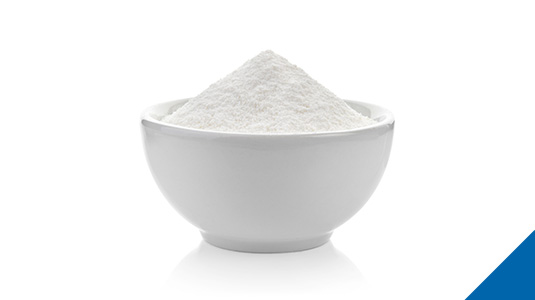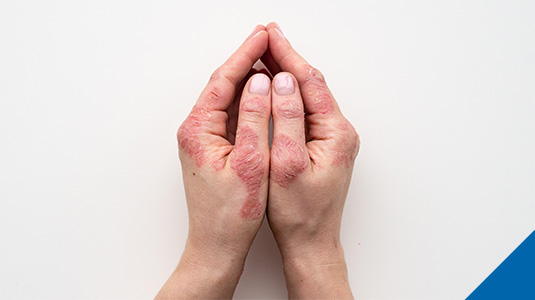OUR
API & BULK DRUG

Tacrolimus
Tacrolimus API is isolated from streptomyces tsukubaensis. Tacrolimus is an immunosuppressive drug that is mainly used for allogeneic organ transplants to reduce the activity of the patient’s immune system and so lower the risk of organ rejection.
Tacrolimus ointment uses in topical preparation in the treatment of severe atopic dermatitis, severe refractory uveitis after bone marrow transplant, and the skin condition vitiligo and eczema. It was discovered in 1984 from the fermentation broth of a Japanese soil sample that contained the bacteria streptomyces tsukubaensis. Tacrolimus is chemically known as a macrolide.
| Product | Pharmacopeia | Therapeutic Segment |
| Tacrolimus | IP/USP | Immunosuppressant |
Organ Transplant Protection
Tacrolimus has been shown to inhibit interleukin-2, which means there are fewer available T cells to attack foreign bodies in an organ transplant patient. In addition to major organ transplants (e.g., heart, kidney, lungs, etc.), it’s also effective for bone marrow, limb transplants, and skin grafts. As stem cell research develops, it will likely become a key component to helping patients receive donations without harmful side effects to the body.
Its success with organ transplants has even inspired researchers to apply the API to those with pulmonary arterial hypertension. Discovered in 1984 and approved by the FDA for liver transplants 10 years later, this API has come a long way since it began as a fermented soil sample in Japan.


Skin Diseases
Tacrolimus ointment can be given in oral form as well as a topical treatment for skin conditions. While inflammation is a critical process in the body to fend off potentially harmful irritants, tacrolimus ointment vitiligo helps to balance out an overactive immune system. The API will again interfere with the natural production of T Cells within the body to reduce the itching, redness, burning, and swelling of a skin condition. Often used to counteract the worst effects of eczema and Kimura’s disease, it has recently proven itself effective against vitiligo. For patients who had not already responded to prior treatment, Tacrolimus was shown across a variety of studies to be exceptionally effective in cephalic regions of the body — particularly in the face.

